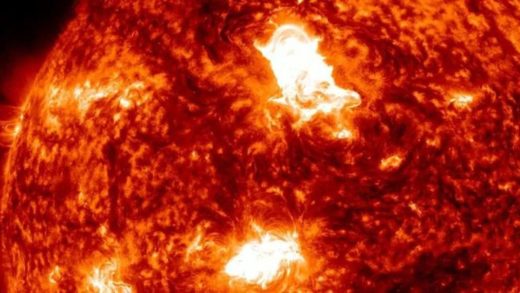The Next Solar Eclipses Visible from the US
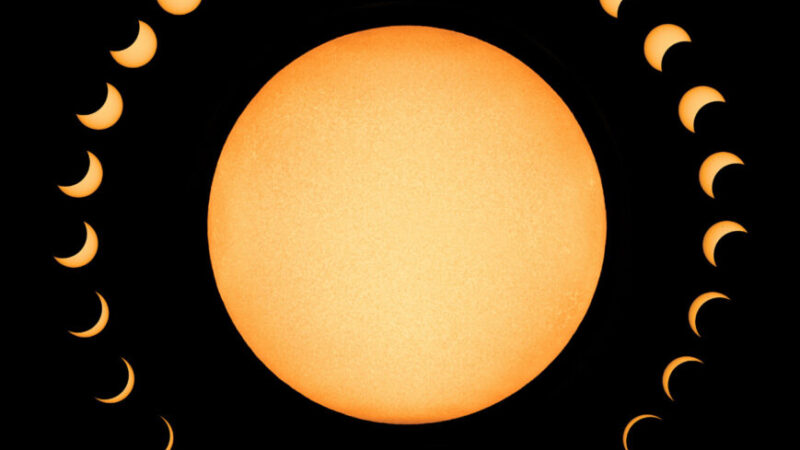
Introduction
A solar eclipse means Moon blocking the Sun from view. There are 3 types of solar eclipses: total, partial, and annular.
•Total solar eclipses are when the Moon completely covers the Sun. The Moon’s shadow is cast on Earth.
•Partial solar eclipses are when the Moon covers part of the Sun.
•Annular solar eclipses are when the Moon is in front of the Sun, but does not completely cover it. The Sun looks like a ring.
The Next Total Solar Eclipse
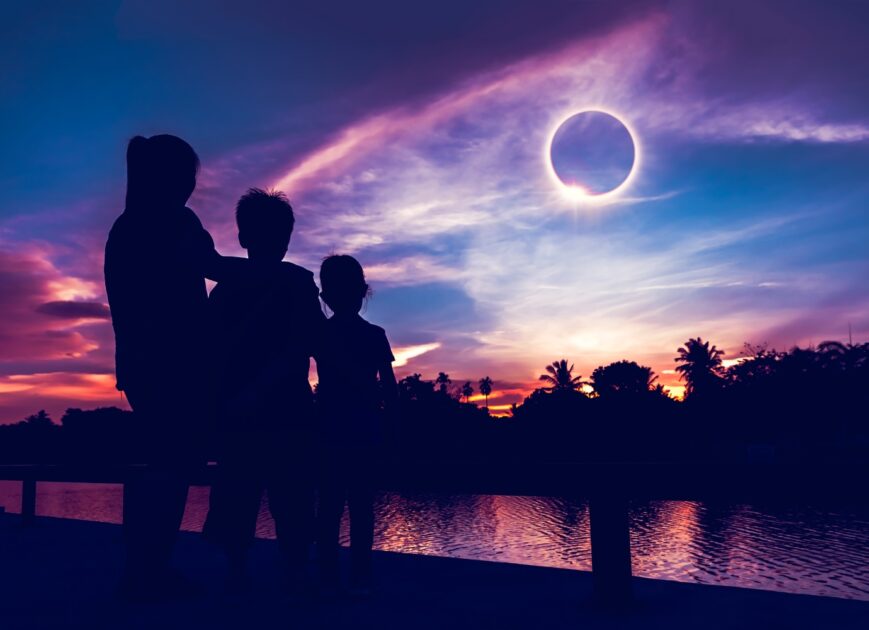
The next total solar eclipse will be visible from the US on 2024, April 8th. For exactly 4:27 minutes, people from Mexico, US, and Canada may observe the moon completely cover the sun. The last total solar eclipse happened on August 21, 2017 for about half that time.
Best viewpoints – Mazatlán, Sinaloa, Mexico (23.2494° N, 106.4111° W)
The Next Annular Solar Eclipse
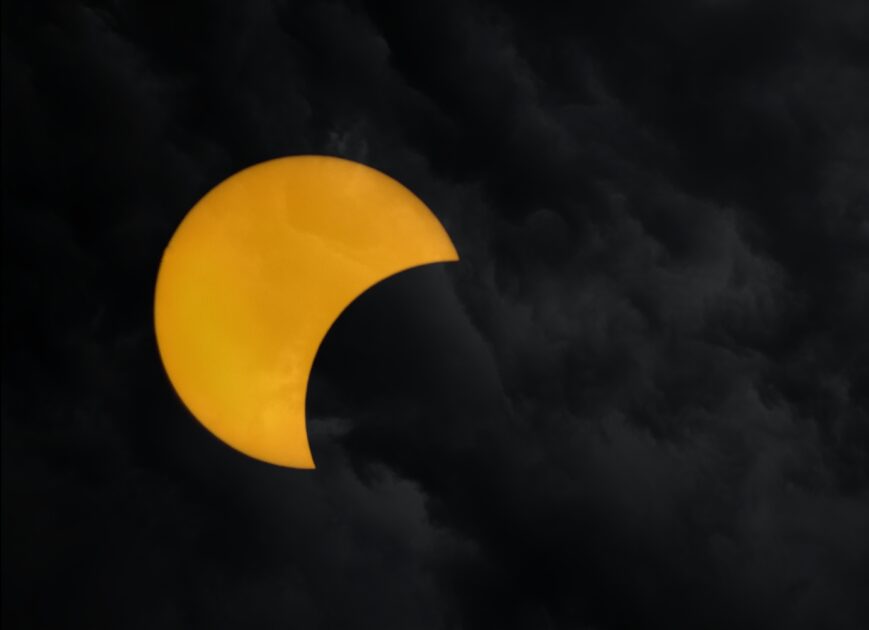
You can see the next annular solar eclipse from the US on October 14, 2023. People from West Africa, North America, South America, Pacific, Atlantic, and Arctic will also be able to see it.
Best viewpoints – San Antonio (29.4252° N, 98.4946° W), and Corpus Christi, Texas (27.8006° N, 97.3964° W)
The Next Partial Solar Eclipse
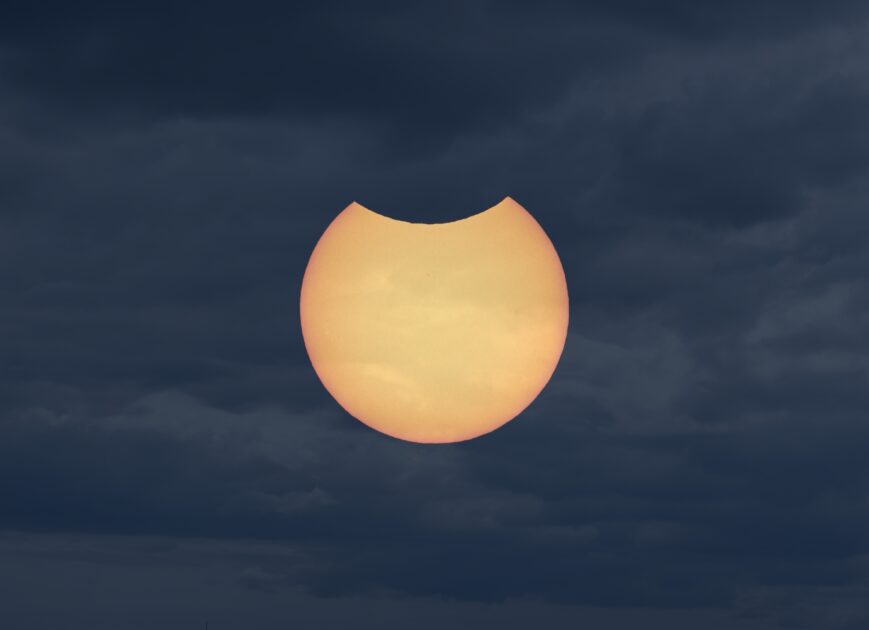
People from the US will see the next partial eclipse on March 29, 2025. Other than that, Europeans, North Asians, North and West Africans, and people from the Atlantic and Arctic will also be able to experience it.
Best Viewpoint – Baie-d’Hudson, Canada (61° 6′ 1.3″ N, 77° 4′ 24.5″ W)
Related Post: Different Types of James Webb Telescope Images
Websites to Keep Track of the Next Solar Eclipse
There are websites dedicated to helping people stay updated about the upcoming solar eclipses. Their goal is to provide accurate, timely information about eclipses so that people can make the most of them. Each of these websites has different information that can be helpful for planning to see the eclipse.
Some of the best websites to stay updated about the next solar eclipse are:
NASA.gov/eclipse

NASA.gov has educational resources about solar and lunar eclipses, as well as information about eclipse-viewing events. As NASA is a government website, it is the most reliable source of information. However, other sites dedicated to eclipses are even better for regularly tracking the event.
timeanddate.com/eclipse

Timeanddate.com, for example, has a countdown to the eclipse and detailed maps of where it will be visible. The website also has an interactive eclipse path map that shows the eclipse path and times for major cities.
EclipseWise.com

EclipseWise.com has information about the Saros cycle, which is the repeating pattern of eclipses. Despite classic old-fashioned look, the website provides reliable data about upcoming eclipses.
Theskylive.com

This website provides live updates of the progress of the eclipse as well as an interactive map showing where it is visible. Apart from eclipses, this website also offers information about all other sky events.
Great American Eclipse

The website greatamericaneclipse.com has pretty comprehensive information on the next solar eclipse visible in the United States. Fully dedicated to solar eclipses, the website has an interactive map and animations that show where the solar corona will be visible, information on how to safely watch it.
Solar Eclipse’s Effects
In fact, it’s not just the Sun that’s affected during a solar eclipse – we are too. How? Well, they say that our solar system is like one big organism, with the Sun at its heart. So, when the Sun’s light is suddenly cut off, it has an effect on us. Some people claim to feel a sense of foreboding or unease. Some animals behave oddly, as if they sense something is about to happen. And there’s anecdotal evidence that solar eclipses can trigger migraines, anxiety attacks and even epileptic seizures in some people.
So, next time there’s a solar eclipse, remember to:
1. Find a good viewpoint.
2. Use proper eye protection.
3. Be prepared to take some amazing photos!
4. Enjoy the experience!
Best telescopes to enjoy the next solar eclipse:
Auto Amazon Links: No products found.
